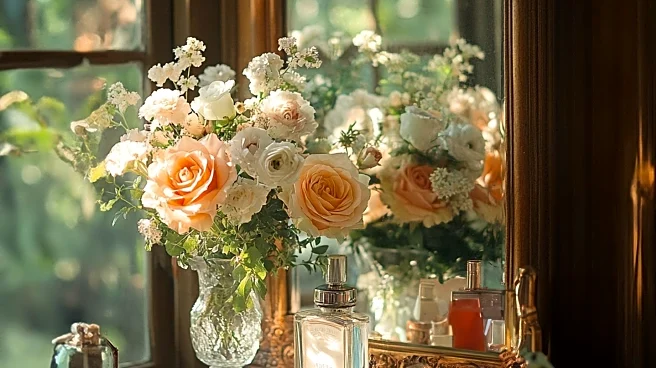What's Happening?
Alice Austen, born in 1866, emerged as a pioneering figure in American photography during the Gilded Age. Raised in Staten Island, New York, Austen was gifted a wooden box camera by her uncle, which catalyzed
her journey into photography. Her work captured the essence of the era, including social events and urban life, and she became known for her adventurous spirit and challenging societal norms. Austen's relationship with Gertrude Tate, lasting over fifty years, further highlighted her defiance of conventional expectations. Her photographs, including the 'Street Types of New York' portfolio, documented diverse aspects of life, from street vendors to social gatherings, offering a unique glimpse into the period.
Why It's Important?
Alice Austen's contributions to photography and her lifestyle choices were significant in challenging the gender norms of her time. Her work not only provides historical insight into the Gilded Age but also represents early expressions of female independence and queer identity. Austen's ability to capture the vibrancy of urban life and social scenes has left a lasting impact on the field of photography. Her legacy continues to inspire discussions on gender roles and LGBTQ+ history, highlighting the importance of representation and diversity in historical narratives.
What's Next?
The Alice Austen House, her former residence, now serves as a museum and exhibition space, preserving her work and promoting her legacy. It continues to host exhibitions and events that celebrate Austen's contributions to photography and her role in LGBTQ+ history. The museum's activities aim to educate the public about her life and the broader cultural shifts she embodied, ensuring her story remains relevant in contemporary discussions on gender and sexuality.
Beyond the Headlines
Alice Austen's life and work reflect broader cultural shifts during the Gilded Age, particularly the emergence of the 'New Woman' concept. This period saw women increasingly challenging traditional roles, seeking independence, and forming communities that allowed for greater personal freedom. Austen's photography and lifestyle choices exemplify these changes, offering a lens through which to explore the evolving dynamics of gender and sexuality in late 19th-century America.













